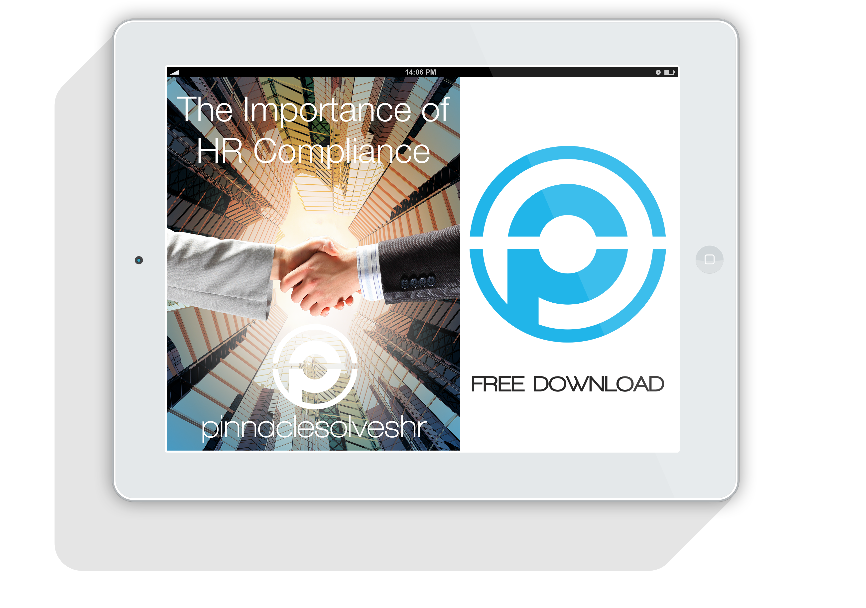
Have you worked for an organization that went through a transition or change of some sort? Change can be as simple as a new product, a new manager, or even as complicated as a merger or acquisition. Regardless of the type of change, the implementation of it will most likely affect some, or even all employees, and it might even affect you. Was change hard? Change is not easy, especially if we have been used to something for prolonged periods of time.
So, why is organizational change so hard? Why do so many organizations fail to change their operation or strategies? These questions have caused many sleepless nights for leaders, but the answer is more in reach than you might think. The reason why most change initiatives fail stems from the fact that most organizational leaders forget that they are not simply changing the structure or practice of an organization, they are changing their employees’ behaviors and beliefs as well. It can be easy to sometimes forget that most people fear change and not knowing where the deviation of their standard behaviors will lead them to increases that fear. This can easily be overlooked during the organizational change process.
Here is an example, the head of a department tells an employee that they will be reporting to someone new starting tomorrow. The department head says, “have a great rest of your day” and walks away. Do you see what is wrong with that? The leader forgets that their employee has emotions and may be wondering what the new person will be like. That is one of the many reasons why change initiatives fail. Because it is treated simply as an implementation of a new process. Leaders deal with the practical elements of the change but ignores the emotional aspect of their employees.
For leaders to implement change effectively, they must look at how the new proposed process affects their employees and they must find ways to communicate with them before, during, and after the implementation. Communication is the key to a successful change initiative. When communicating change to employees, touch on these points:
- The change (new procedure, product etc.)
- Why the change is necessary
- Who will it affect
- How will it affect the employee
- What to expect during the transition
- What to expect afterwards (the end result)
Once you are transparent with employees, they will begin to trust your decision and be more supportive. Failure to communicate efficiently could result in employees leaving and conflict arising.
Organizational change is a challenge but understanding how certain changes affect employees and finding ways to communicate could make the process a lot smoother.


